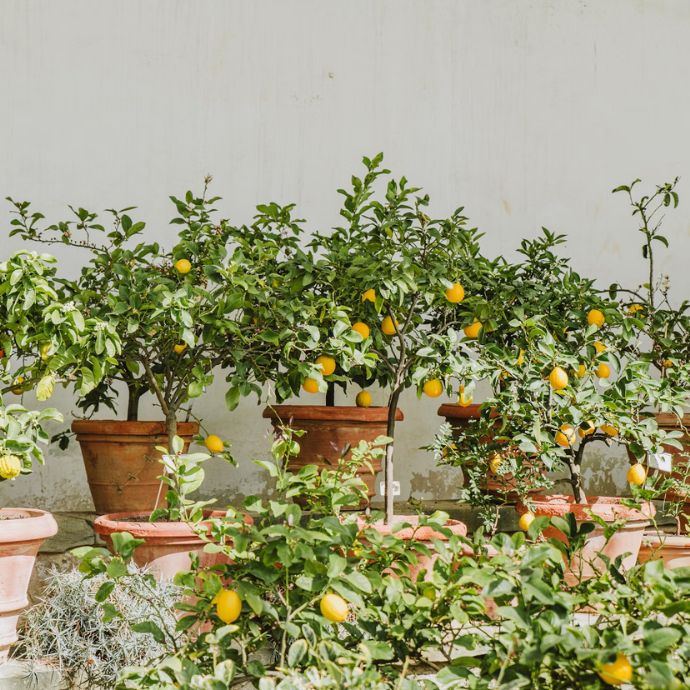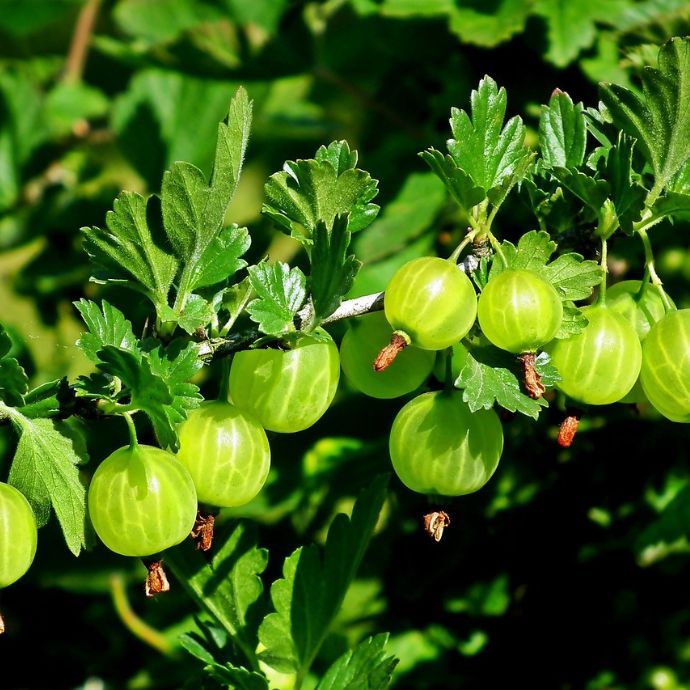Bamboo Care Guide: Planting, Pruning and Problem Solving
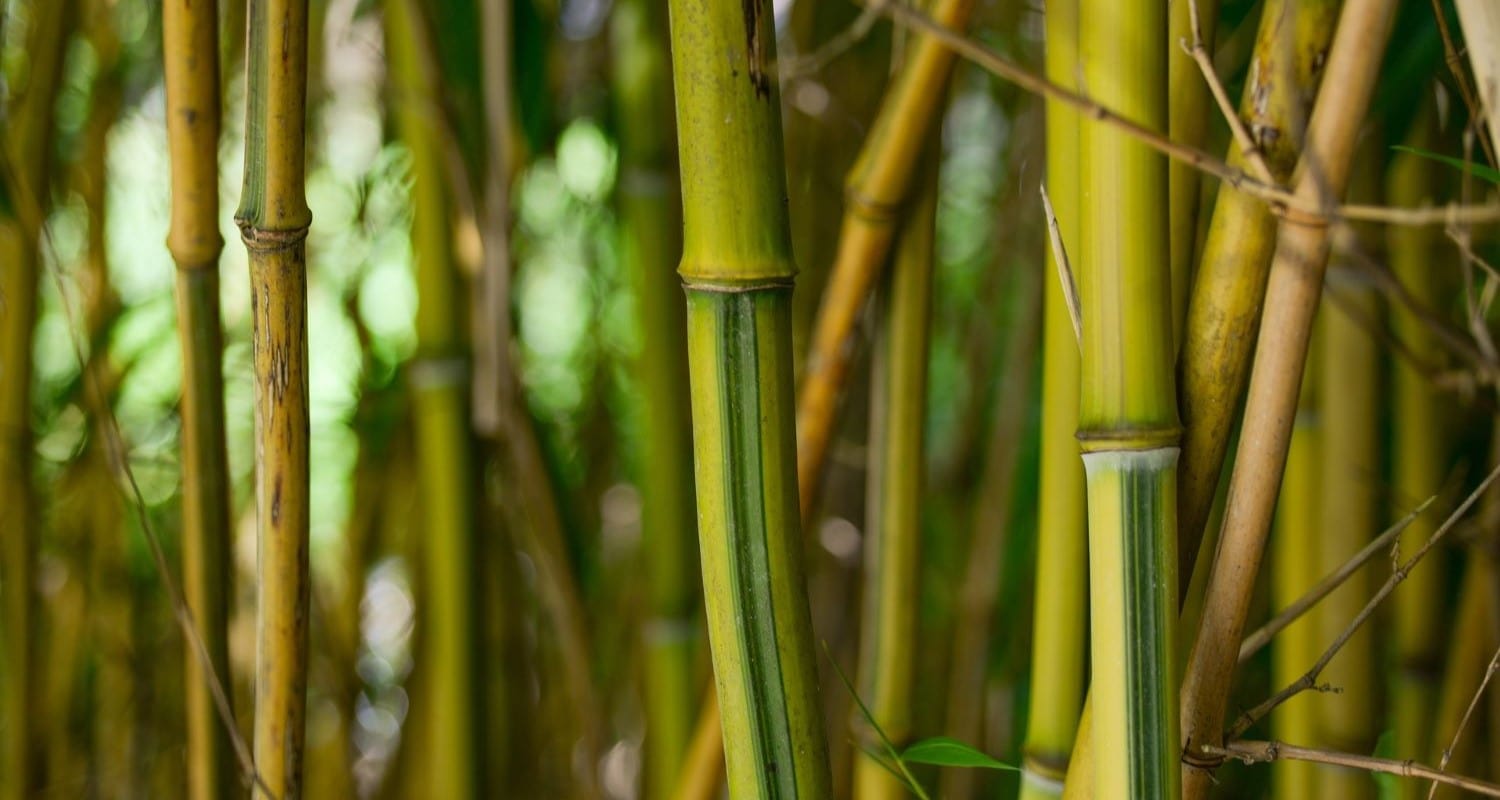
So you’ve just got yourself some bamboo - nice one! It looks great, but how do you keep it that way? Don’t worry. Bamboo plants aren't just a brilliant choice for your garden, they're really easy to look after, too. Just follow our growers’ bamboo care tips and your plant will go from strength to strength, giving you a naturally beautiful garden feature for many years.
Jump to:
Where should you plant bamboo?
Most bamboos thrive in a sheltered, sunny spot and should ideally be planted somewhere where they’ll get 6-8 hours of sunlight in the spring and summer.
If you’re planting a clumping bamboo (fargesia varieties), simply dig a hole twice the size of the plant’s root ball and position it so the roots are level with the surface of the soil, before backfilling it and firming it in well.
Running bamboo (including phyllostachys varieties) can spread further than you’d like it to, so to control its growth, you can line the planting hole with barrier material such as paving slabs or a purpose-made root barrier fabric.
Bamboo plants prefer moist, fertile and well-draining soil but will cope with most soil types as long as they’re not constantly waterlogged or very dry. If you have a particularly dry or clay-heavy soil, you can dig a good bag of compost or some well-rotted manure into the planting hole to get better results.
Bamboo should be planted earlier in the year so it can become established in its new position and toughen up enough to survive the winter - planting from April to September is ideal.
If you're planting it outside later than that, you should add a good layer of mulch (manure, compost or bark chips are good) all around the base of the plant to keep the planting soil warm and moist.
How much watering does bamboo need?
New bamboo plants need a lot of water! Give them a good bucketful after you’ve planted them and if the weather is hot or windy, water them every day throughout the growing season, keeping the soil moist but not waterlogged.
Once your plants are established, you can get away with much less and once they’ve grown to their mature size (after a couple of years), they’ll only need watering during long periods of hot, dry weather.
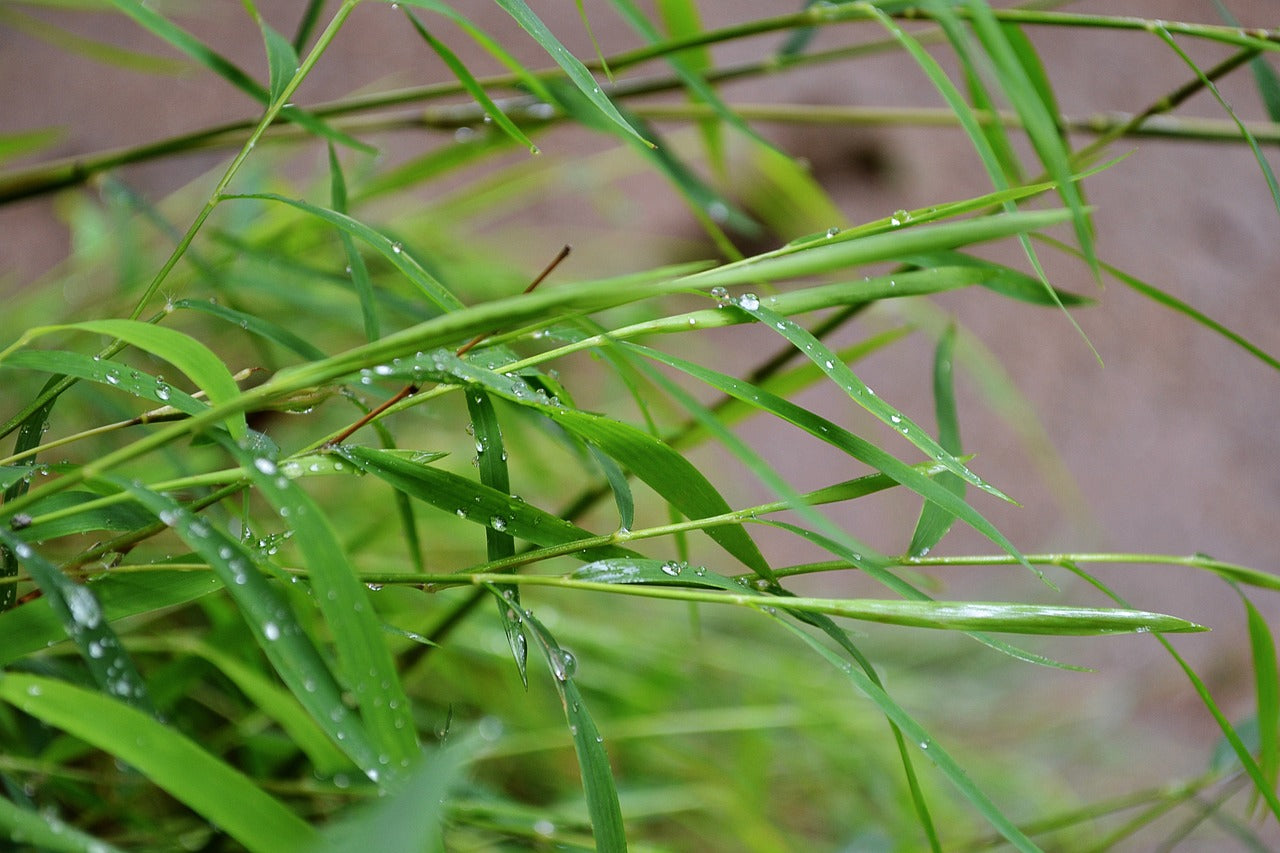
Should you feed bamboo?
Give your bamboo plants a good start in life with a mulch (thick layer) of compost or well rotted manure around the base when you plant them.
After that, you can keep them in good condition by feeding every couple of weeks from spring to autumn with a general purpose liquid fertiliser (you can buy it or make your own) - this is particularly important for plants grown in pots.
When you prune away the lower leaves from the base of the plants, leave some around the plant as a natural mulch as they give back the nutrient silica to the soil as they rot.
What problems do bamboos have?
Bamboo diseases are rarely a problem; these are pretty easy-going plants and you can usually leave them alone after the first year or so with no issues. However, if your bamboo does develop a problem, then you’ll want to sort it out ASAP. Here’s our round-up of some problems you might encounter, and how to prevent them.
1. Rust disease
Rust is a fungal disease spread by water, wind or insect-borne pathogens, which can be identified by the orange or brown patches that appear on affected plants, mostly seen on the undersides of the leaves.
It ultimately makes the leaves dry up and drop off the plant. You can prevent rust by leaving plenty of space between plants, allowing air to circulate through them by pruning overcrowded canes and by watering at the base of the plant rather than from overhead.
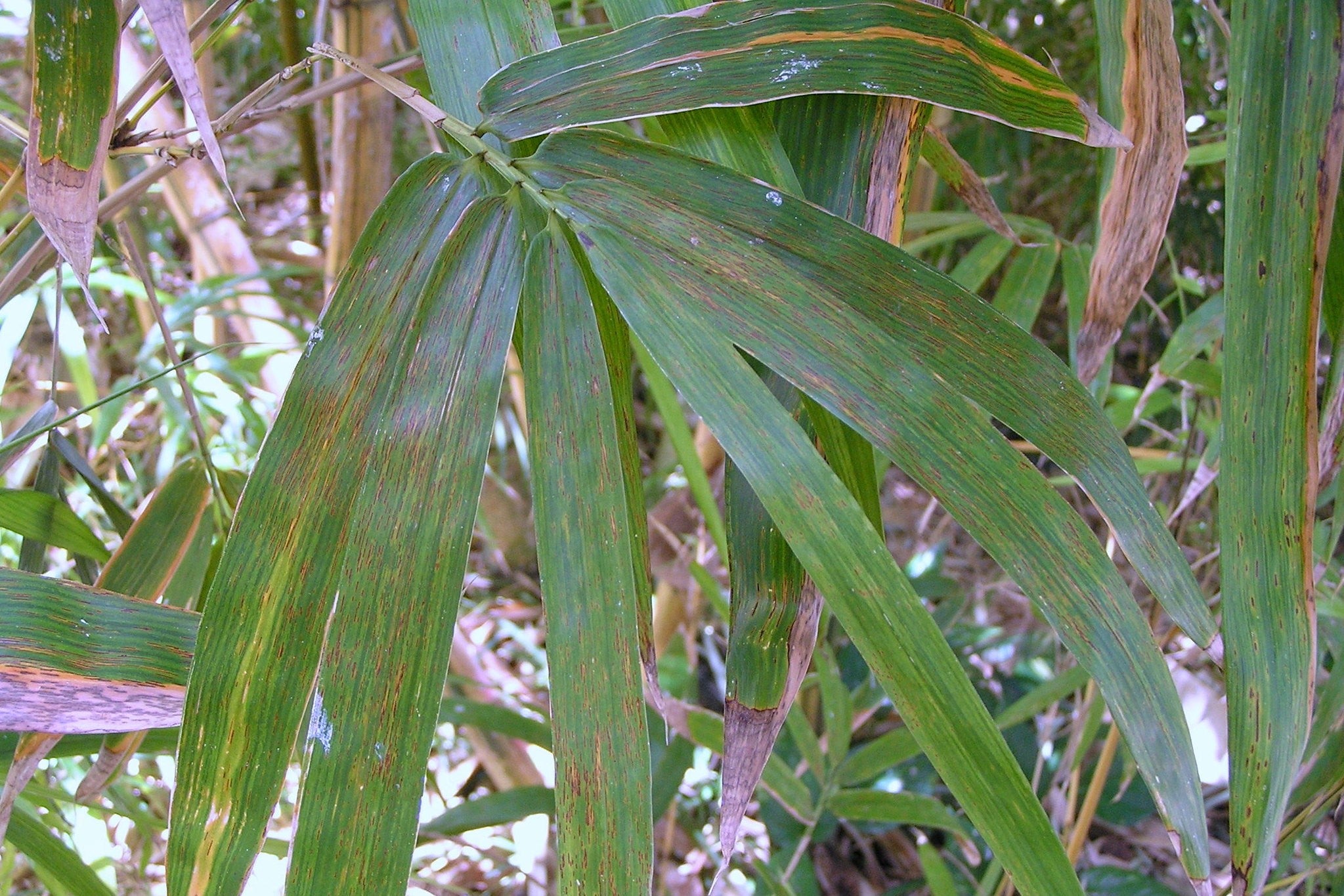
2. Root rot
If your bamboo is allowed to stand in waterlogged soil or is overwatered, it may succumb to root rot - plants in pots are at particular risk. As well as avoiding overwatering, you can prevent this by making sure your pots have good drainage holes and raising them on bricks.
3. Bamboo aphids
If you notice small white or green bugs on your bamboo, keep an eye on it as if they multiply too much, they can cause real issues. You can squash them by hand but if that’s too gross, wipe them off with a damp cloth or blast them off with a hosepipe.
Spraying the affected plants with a mix of water, vegetable oil and soap can help keep them off, but prevention is best. Encourage predators like ladybirds, beetles, hoverflies and earwigs by growing groundcover plants to provide hiding places, building a bug hotel (a pile of logs will do) and not being too tidy in the garden - they love fallen leaves, dead twigs and other debris.
4. Spreading
You can have too much of a good thing! Spreading bamboo can grow very quickly, look out of control and get you struck off the neighbours’ Christmas card list if you’re not careful - but with a bit of effort when you first plant it, this can all be avoided.
When you’re digging the planting hole or trench, make it at least 40-60cm deep and line it with impermeable materials such as paving slabs, corrugated iron or specially made root barrier fabric.
Make sure that barrier sits above the soil level and that all of the roots sit below it. Fill in the hole with soil or compost, then water it and hide the top of the barrier with a layer of mulch or stones.
5. Yellowing and falling leaves - don’t worry!
If you see the leaves of your bamboo turning yellow and falling off in spring, don’t worry. This is totally natural as bamboo is evergreen and grows new leaves in spring, so any that fall off will be replaced.
Your bamboo should have a mix of green, yellow and newly unfurling leaves in the spring - and don’t bother tidying up the fallen ones, as they make a great natural mulch for the plants as well as attracting beetles which will take care of any aphids.
Pruning bamboo
There are two reasons you should prune your bamboo plants - firstly to keep them to a manageable size and keep the plant healthy. Check the canes in spring and if any are looking weak, dead, damaged, cut them down to the ground.
Bamboo grows best if it has plenty of air and light circulating through the canes, so if a mature clump of bamboo has got a bit crowded, thin out some of the canes in summer by cutting them down to the base - you can use these as plant supports! You can also prune the tops of the canes to reduce their size.
Another reason to prune is to show off your shiny bamboo canes to their best advantage - it’s absolutely fine to remove some of the lower leaves, revealing more of the bare stalks. You can prune at any time of year as long as there are no new shoots coming from the ground.
How do you grow bamboo in pots?
Small bamboo varieties, particularly the clumping ones (fargesia), do well in pots and make a fantastic patio or balcony feature - they’re also easier to keep in check. Your container should be at least 45cm wide and deep, with holes in the bottom for drainage.
Use a good loamy compost and mix in some slow-release fertiliser pellets. Then after planting, add a layer of mulch or gravel on the top of the pot, which will help retain moisture in the soil. Check the soil in your pot regularly, watering well if it feels dry.
Every couple of years you’ll have to repot your bamboo, as its roots need plenty of space to stretch out. Alternatively, you can divide the plant and replant it into several new containers.
How to protect bamboo in winter
Bamboo varieties vary in their hardiness - as a rough guide, anything less than H5 will benefit from winter protection (you can find hardiness ratings for all our bamboos on our website).
If the temperature is forecasted to drop below freezing, you should wrap your bamboo plant in some bubble wrap or horticultural fleece until the weather warms up. In pots, bamboo roots are more exposed to winter frosts, so in colder parts of the UK it’s a good idea to wrap your pot in fleece or bubble wrap or even move it indoors as a preventative measure over winter.

Last updated: 28/10/2025




